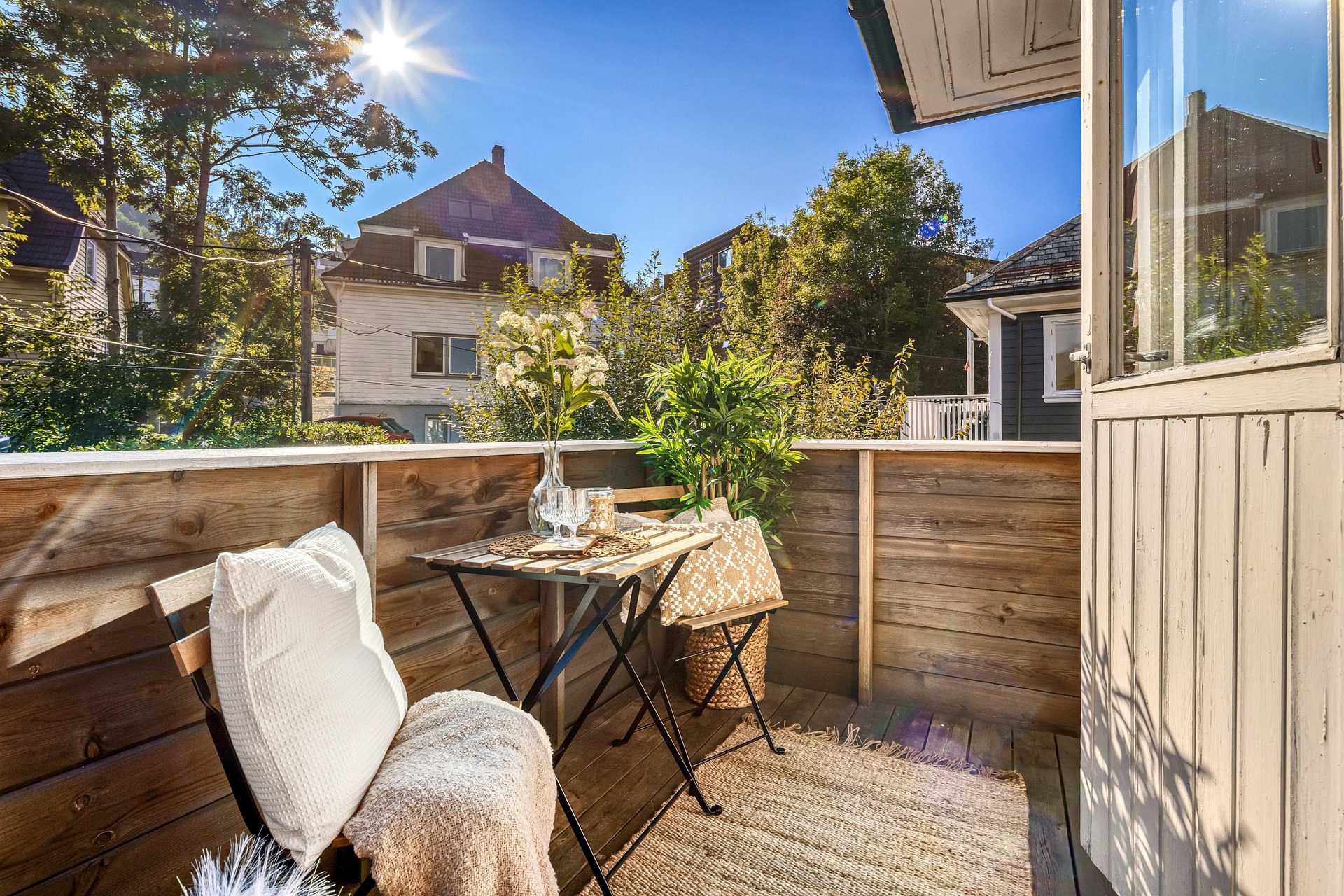"The Resurgence of Wabi-Sabi: Embracing Imperfection in Home Design"
In an era where perfection is often sought after, the traditional Japanese aesthetic of Wabi-Sabi brings a refreshing perspective to modern home decor. This sense of beauty in imperfection and transience is quietly making a comeback, encouraging homeowners to embrace the charm of natural simplicity.
A Glimpse into Wabi-Sabi
Wabi-Sabi is a Japanese concept that finds beauty in imperfection and reveres authenticity above all. It’s a worldview deeply rooted in Zen Buddhism and has been a part of Japanese culture for centuries. The term ‘Wabi’ signifies the beauty of simplicity and quiet, while ‘Sabi’ refers to the beauty of age and wear. The philosophy encourages people to appreciate the imperfections in life, and by extension, in their homes, finding beauty in the worn, the cracked, the patinaed.
Current Trends in Wabi-Sabi Decor
Today, Wabi-Sabi has found its place in the world of home decor. It’s a respite from the polished, mass-produced items that have flooded the market. The aesthetic is all about embracing the beauty of natural materials, with their inherent flaws and all. Handmade ceramics with irregular shapes, linen bedding in earthy tones, and furniture that shows natural wear are all central to Wabi-Sabi home decor.
Practicality and Market Trends
The rise in popularity of Wabi-Sabi is a testament to the changing consumer mindset. People are increasingly seeking unique items with a story and character, rather than mass-produced, perfect pieces. This design philosophy is not only aesthetically pleasing but also practical. It encourages the use of natural, sustainable materials and promotes a relaxed, stress-free environment. The market for such pieces is growing, with many online and brick-and-mortar stores now offering a range of Wabi-Sabi decor options.
Wabi-Sabi and Daily Living
Embracing Wabi-Sabi in our homes goes beyond just aesthetics. It’s a way of acknowledging and accepting the imperfections that come with time and use. By appreciating these flaws, we can create a more comfortable, authentic living space. The philosophy also encourages mindfulness and gratitude, which can contribute to a more fulfilling and contented lifestyle.
Conclusion
The resurgence of Wabi-Sabi in home design is a welcome shift from the pursuit of perfection. It brings a sense of tranquillity, authenticity, and charm to our homes. By embracing this traditional Japanese aesthetic, we can create spaces that are not just visually appealing, but also reflect our individuality and values.





